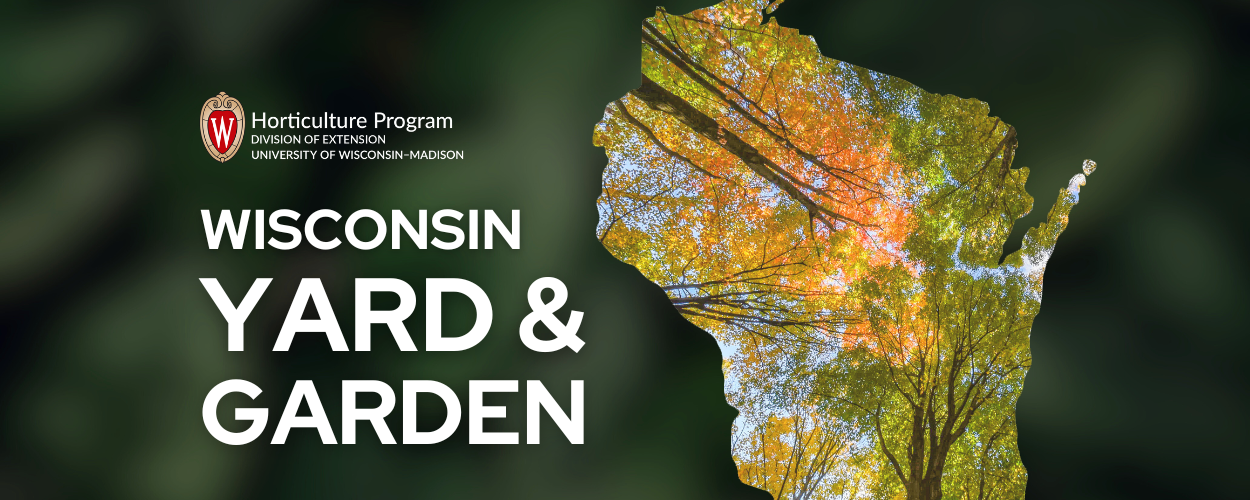
This article was originally published for the Northwoods Yard and Garden column by Extension Iron County.
Even though it is only mid-August, you may have noticed a few maples and other deciduous trees turning colors expected in fall. This is a sign of stress, although some older trees may seem to do this every year.
Last season, drought was the leading stress problem of trees. This year we have had adequate or above average rainfall. Are trees still drought stressed? The challenge of troubleshooting tree problems is compounded by the delayed effect of stress and root injury. What you see now may have started months or even years ago, as above-ground symptoms usually lag when issues occur underground.
As roots die away, there is less support for the canopy of leaves above, so discoloration or dieback occurs afterwards. Construction injury is the classic example of this; a tree may look fine right after initial injury but look terrible 3 to 5 years later.
Another factor to remember is that although trees may appear green here in the third week of August, they have moved past their active growth period for 2024 and are already preparing for winter dormancy. This process is driven by length of daylight, so like it or not, days are getting noticeably shorter. As the process moves along green chlorophyll in leaves dissipates and other pigment colors, such as yellow and orange, become visible.
Some trees shut down early. Drought can play a role, but chronic problem trees have root or trunk system problems reducing flow of water and nutrients to leaves. Trees adjacent to streets, driveways, or buildings often show early fall color due to soil and site issues. These include excessive heat from pavement, compacted and/or lack of desirable soil, and deicing salts accumulating in the soil.
Carefully examine trunks of trees turning color early. Look for wounds or injury, including scarred or callused areas from damage that occurred in the past. Visible wood rot fungi growing out of the trunk also indicates some type of past injury. These trees have reduced capacity for water and nutrient uptake, so as a result may start going dormant early.
Not much can be done for mature shade trees showing early color. If necessary, dry soil can be irrigated, although trees will not instantly turn green as a result. Preventing additional stress helps for the future. Wounds on trunks are best left alone but prune out any dead wood. Any large tree suspected of having structural problems should be inspected by a trained arborist.

About the Author
Bruce Spangenberg is a Horticulture Outreach Specialist with UW-Madison Division of Extension. Get answers to your lawn, landscape and garden questions anytime at “Ask Your Gardening Question.”




